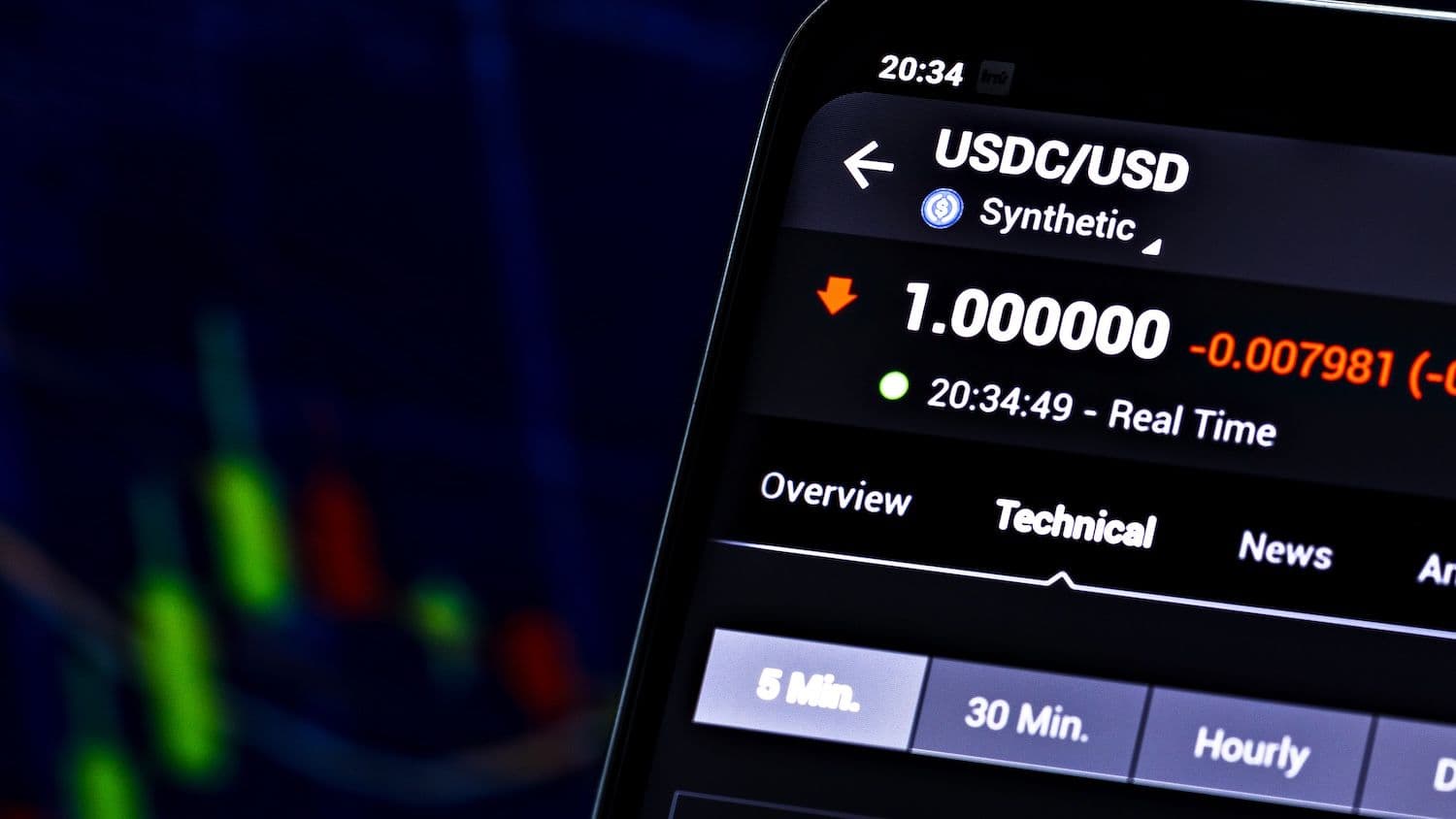Digital salary payments have experienced dramatic growth over the past year, with USDC establishing itself as the dominant cryptocurrency for employee compensation. A Pantera Capital survey [reveals] that 9.6% of workers now receive portions of their salaries in cryptocurrency, marking a more than threefold increase from 3% in 2023.
What to Know:
- USDC commands over 60% of the crypto payroll market, significantly outpacing USDT's 28% share
- Cryptocurrency salary adoption jumped from 3% to 9.6% in one year while fiat-only payments dropped to 85%
- Asian workers particularly favor stablecoin payments due to banking system limitations and high remittance costs
The transition away from traditional payment methods has accelerated as blockchain companies and decentralized autonomous organizations seek more efficient compensation structures. Fiat-only salary payments declined from 95% to 85% during the same period, indicating a fundamental shift in how organizations approach employee compensation.
USDC's market dominance stems from its stability and widespread acceptance among employers and workers alike. The stablecoin captures more than 60% of crypto payroll distributions, while USDT trails significantly at 28%.
Other digital assets including Solana and Ethereum represent minimal market shares in payroll applications.
Blockchain firms and DAOs drive much of this adoption, attracted by faster settlement times and reduced transaction fees compared to traditional banking systems. These organizations often operate across multiple jurisdictions, making borderless payment solutions particularly valuable for their distributed workforce.
Asia Leads Stablecoin Salary Adoption
Workers and contractors throughout Asia have emerged as primary catalysts for stablecoin payroll growth. Local banking systems in the region frequently present challenges including currency volatility, elevated remittance fees, and complex regulatory frameworks that complicate cross-border transactions.
These systemic issues make USDC an attractive alternative for workers seeking reliable, cost-effective payment methods. The stablecoin offers protection against local currency fluctuations while enabling faster international transfers than traditional banking channels.
Companies increasingly offer hybrid compensation models that allow employees to divide their salaries between fiat currency and cryptocurrency. This approach accommodates diverse financial strategies, including dollar-cost averaging investments, while providing flexibility during periods of monetary uncertainty. Workers can tailor their payment mix based on individual risk tolerance and financial goals.
Understanding Cryptocurrency Payment Terms
Stablecoins like USDC maintain their value by pegging to traditional currencies, typically the US dollar, making them less volatile than other cryptocurrencies. Decentralized autonomous organizations, or DAOs, operate through smart contracts rather than traditional corporate structures, often requiring innovative payment solutions for their distributed contributors.
Dollar-cost averaging represents an investment strategy where individuals make regular purchases of an asset regardless of price fluctuations.
This approach can help smooth out market volatility over time, making it appealing for workers who receive portions of their compensation in cryptocurrency.
Cross-border remittances traditionally involve multiple intermediary banks and can take several days to process. Cryptocurrency payments can settle within minutes or hours, representing a significant improvement in transaction speed and cost efficiency.
Future Outlook for Digital Payrolls
Industry analysts believe cryptocurrency payroll adoption remains in early stages despite recent growth. As more crypto-native companies establish formal operations, demand for transparent and reliable digital payment systems will likely continue expanding.
Regulatory clarity could accelerate mainstream adoption, potentially encouraging traditional corporations to incorporate stablecoins into their compensation frameworks. The survey suggests this trend may gain momentum as financial regulations evolve to accommodate digital assets.
However, challenges remain including tax compliance complexity and regulatory uncertainty in various jurisdictions. Companies must navigate these issues while balancing employee preferences with operational requirements and legal obligations.
Closing Thoughts
The rapid growth of cryptocurrency payroll adoption, led by USDC's market dominance, reflects broader changes in how organizations approach employee compensation. Asian workers have emerged as key drivers of this trend, seeking alternatives to traditional banking systems that often impose high costs and delays on cross-border transactions. As regulatory frameworks mature and more companies recognize the benefits of digital payments, stablecoin salaries may become increasingly common across global workforces.

